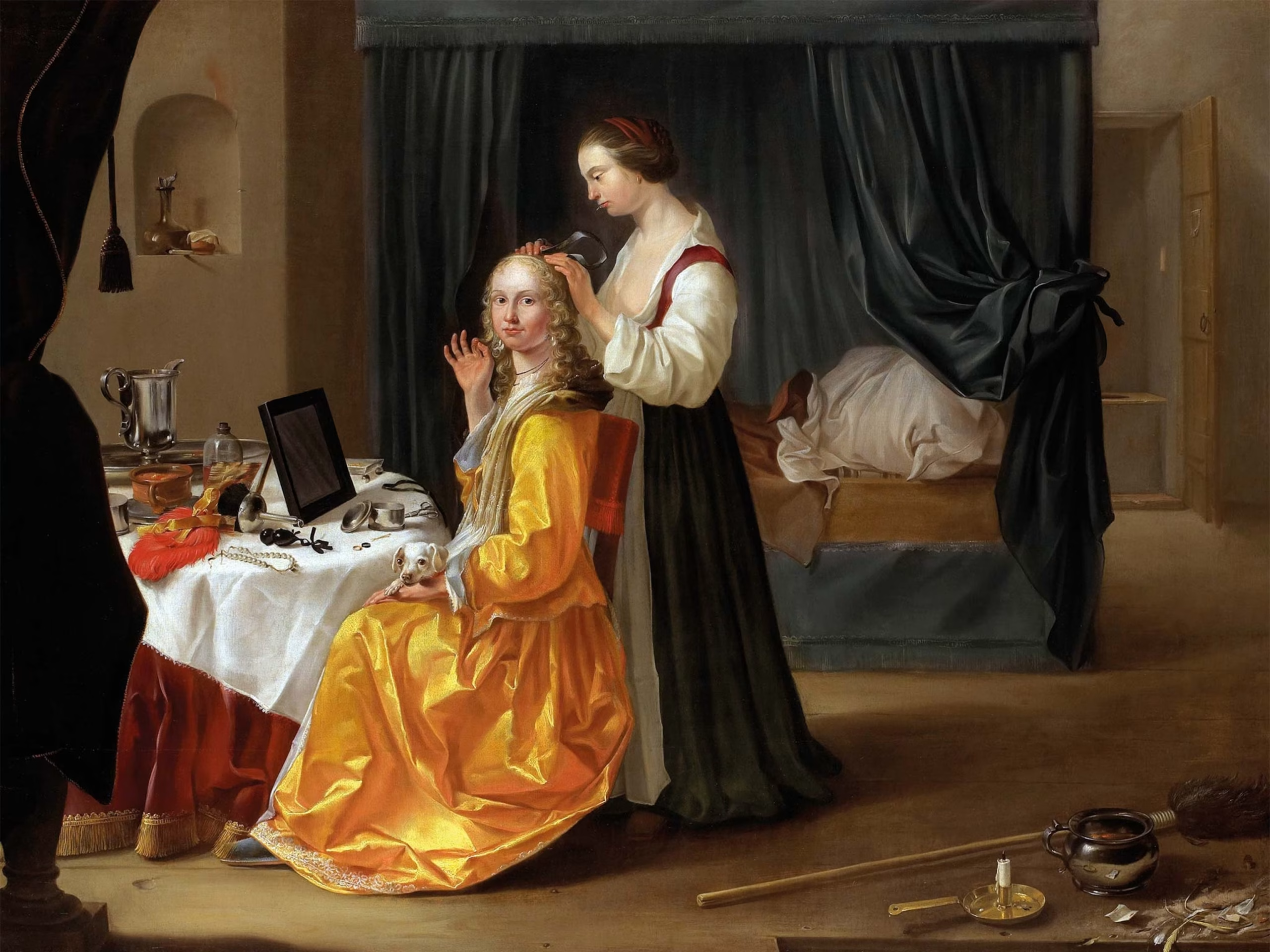prekforalldc.org – Throughout history, the pursuit of beauty has often led individuals to use dangerous and even deadly substances in their quest for perfection. This article delves into the historical use of poisonous cosmetics, highlighting the risks and consequences faced by those who sought to enhance their appearance.
The Ancient Origins of Toxic Beauty
The use of toxic substances in cosmetics dates back thousands of years. Ancient Egyptians, for instance, used lead-based makeup to achieve a pale complexion, which was considered fashionable at the time. This practice continued through the centuries, with lead-based cosmetics being used well into the 17th century, despite the known dangers of lead poisoning.
The 17th Century: A Golden Age of Poisonous Beauty
In 17th-century Spain, pale skin, red cheeks, and blonde hair were the epitome of beauty. However, the cosmetics used to achieve these looks were far from harmless. Women used lead-based foundation to achieve a pale complexion, and vermilion, a mercury-based pigment, to create rosy cheeks. These substances often led to severe health issues, including blindness and other debilitating conditions.
Royal Indulgence and Unknowing Poisoning
Ironically, many royals who were terrified of poison were unknowingly poisoning themselves daily through their cosmetics, medications, and even their living conditions. The use of arsenic in beauty treatments was particularly prevalent, with women ingesting arsenic pills to achieve a pale complexion. This practice was not only dangerous but also deadly, as arsenic is a potent poison.
Victorian England: The Era of Caustic Chemicals
In Victorian England, the beauty industry was rife with hazardous chemicals. Women used a variety of toxic substances, including lead, mercury, and arsenic, in their daily beauty routines. These chemicals were often included in products like face powders, rouge, and hair dyes, leading to widespread health issues among the population.
Modern Awareness and the Return to Natural Beauty
While the use of toxic substances in cosmetics has declined in recent years, the history of dangerous beauty treatments serves as a stark reminder of the lengths to which people have gone to achieve beauty. Today, there is a growing awareness of the dangers of certain cosmetic ingredients, and a return to more natural and safer alternatives is becoming increasingly popular.
Conclusion
The history of poisonous cosmetics is a testament to the lengths to which humans have gone to achieve beauty. From ancient lead-based makeup to the arsenic pills of the 19th century, the pursuit of beauty has often come at a high cost. As we move forward, it is essential to learn from the past and prioritize safety and health in our beauty practices.
